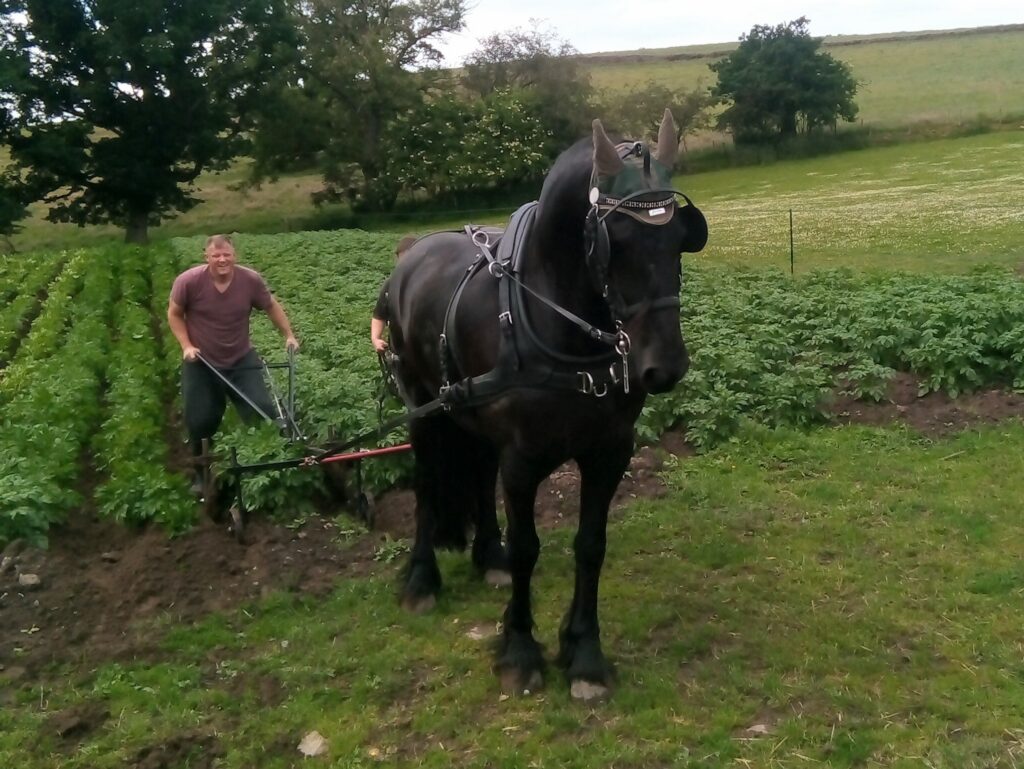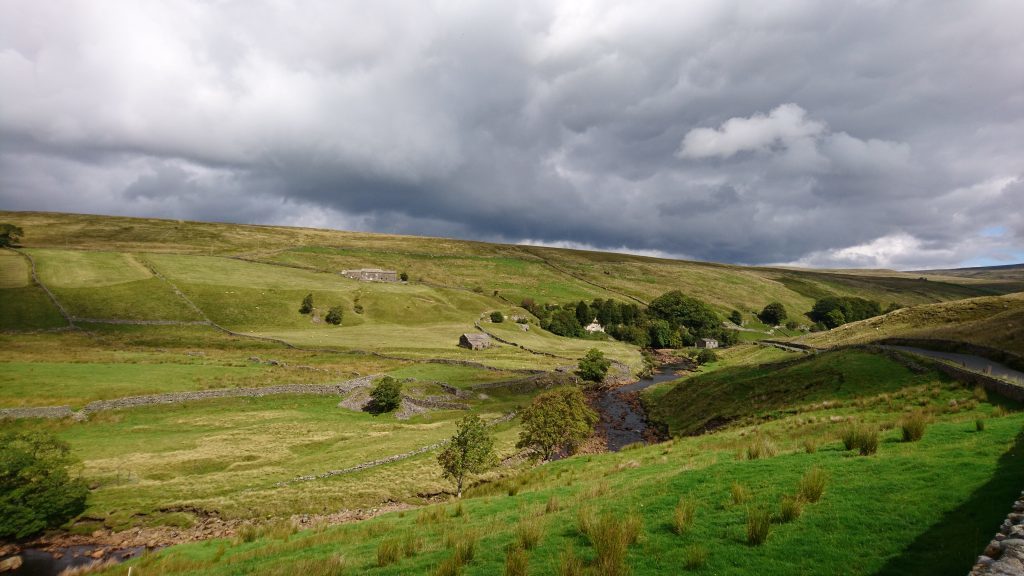What’s special?
Upland hay meadows
Upland hay meadows
Species-rich upland hay meadows are one of the rarest grassland habitats in the country. Rich in wildlife and steeped in cultural tradition, the North Pennines holds some of the best meadows in the UK.
Status
Upland or northern hay meadows (National Vegetation Classification community MG3, Anthoxanthum odoratum – Geranium sylvaticum grassland) are an Annex 1 habitat under the European Union Habitats and Species Directive and are one of the rarest grassland types in the UK. Recent estimates indicate that there are 900ha of the habitat remaining in the UK. With approximately 350ha, the North Pennines National Landscape supports 40% of the UK’s remaining upland hay meadows.
Management
North Pennines hay meadows are typically grazed during the autumn/winter and early spring and are then ‘shut up’ (the livestock removed) in May to allow the hay crop to grow. Hay is normally made in July or August but in some cases as late as September. Cattle are then typically returned to the field to graze the ‘aftermath’. Farmyard manure tends to be applied annually to restore nutrients removed with the hay crop and traditionally light applications of lime have been added to maintain neutral soil pH conditions.
Biodiversity importance
Hay meadows do support some rare species, such as globeflower and species of Lady’s mantle, but their real importance lies in their species composition. Hay meadows typically occur on low fertility soils. The lack of available nutrients, coupled with the impact of both grazing and cutting means that individual species are unable to dominate as they do in more fertile or undisturbed habitats. The very richest hay meadows contain over 30 species per square metre with up to 120 species per field. Typical species include wood crane’s-bill, great burnet, pignut, wood anemone, betony, rough hawkbit, Lady’s mantle and yellow rattle. Hay meadows are also important as feeding areas for invertebrates and bats and provide valuable nesting and feeding sites for grey partridge, black grouse and curlew.
Historical and cultural context
Upland hay meadows are precious not only in biodiversity terms but because they provide an important link to the socio-economic and cultural past of the North Pennines. They are an entirely man-made habitat and are dependent on management by people year-in, year-out. As a result they are both fascinating and vulnerable.
Every hay meadow has a unique management history which depends upon its location relative to the farmstead, its aspect and altitude. These differences mean that each hay field will have been cut at a different time each year – fields closer to the farm will have tended to have been cut earlier, those at a higher altitude later. Fields closer to the farm would also be more likely to receive inputs such as farmyard manure and lime than those further away. Over the generations, these slight differences in management will have resulted in fields with subtly different suites of species, each representing a unique ‘fingerprint’ of the field’s management history.
A declining resource
The persistence of traditional management practices in the North Pennines, coupled with the presence of agri-environment schemes such as the Pennine Dales Environmentally Sensitive Area Scheme (ESA) and Higher Level Stewardship (HLS), have undoubtedly prevented the complete loss of hay meadows that has occurred in other parts of the country as a result of ploughing, re-seeding, fertilisation and drainage.
Nonetheless, the hay meadow resource in the North Pennines is declining in quality and extent, albeit at a slower rate. Surveys undertaken by the North Pennines National Landscape team since 2006 indicate that many formerly species-rich meadows have lost their key indicator species such as wood crane’s-bill. This is likely to be due to steady intensification of farm management including the application of fertiliser. Research has shown that even comparatively small inputs of fertiliser can lead to a reduction in plant species diversity by favouring more competitive grasses.
In light of the importance of the North Pennines for upland hay meadows and the threatened status of the habitat, the North Pennines National Landscape team launched the Hay Time project in May 2006. Through Hay Time we aimed to conserve and enhance the hay meadows of the National Landscape and to increase public awareness, enjoyment and understanding of this internationally important habitat. Hay Time ended in 2012 but key elements of this work continued through a successor project called Nectarworks.











